Description
Volcanic Soil Advantage
Volcanic soil is loaded with essential minerals that produce the most nutrient-dense crops. Volcanic soil is ideal for Wheatgrass, Barley Grass and Ashitaba plantation as it contains over 70+ trace minerals – these minerals promote the optimal growth and nutritional content of the green plants.

Benefits of Wheatgrass
- Highest source of chlorophyll
- Rich in vitamins and minerals
- Rich in protein (contains all essential amino acids)
- Eliminate toxins
- Boost metabolism
- Prevent tooth decay
- Build red blood cells
- Purify liver
What is Wheatgrass?
Wheatgrass is the young grass of a wheat plant. It’s also called dog grass, quack grass, witch grass and couchgrass. It grows in temperate climates in Europe and the United States and can grow both indoors or outdoors. Folks can easily grow their own wheatgrass by placing wheat seeds in water and giving it time to grow.
Rich in Nutrients
Wheatgrass is an excellent source of many different vitamins and minerals which is especially high in vitamins A, C and E, as well as iron, magnesium, calcium and amino acids. It contains all amino acids, including 8 essential amino acids(the building blocks of protein). All this goodness means it can be great for helping with detoxification, building red blood cells, and massively boosting the immune system.
Highest Content of Chlorophyll
Wheatgrass is the highest known source of chlorophyll of any known plant in the world. Wheatgrass juice contains up to 70% chlorophyll, which is an important blood builder. The chlorophyll molecules closely resemble that of the hemin molecule, the pigment which combines with protein to form hemoglobin. The major difference is the chlorophyll molecule contains magnesium as it’s central atom, and the hemin molecule contains iron. The molecular structure of these two substances is almost identical in all other respects.
Liquadry’s Organic Farm In Volcanic Soil
Wheat Grass Juice Powder Vs Wheat Grass Powder
There is one fundamental difference separating juice powders from whole plant powders. At their simplest, whole powders require that the entirety of an ingredient (or, at the very least, all its edible and viable components) be finely ground then dehydrated into a powder. Similarly, juice powders call for the same grinding process. The difference is that this grinding process is then followed by a second process that filters out and discards all the fibrous, pulpy, plant materials – leaving just the juice, which is then dehydrated into a powder.
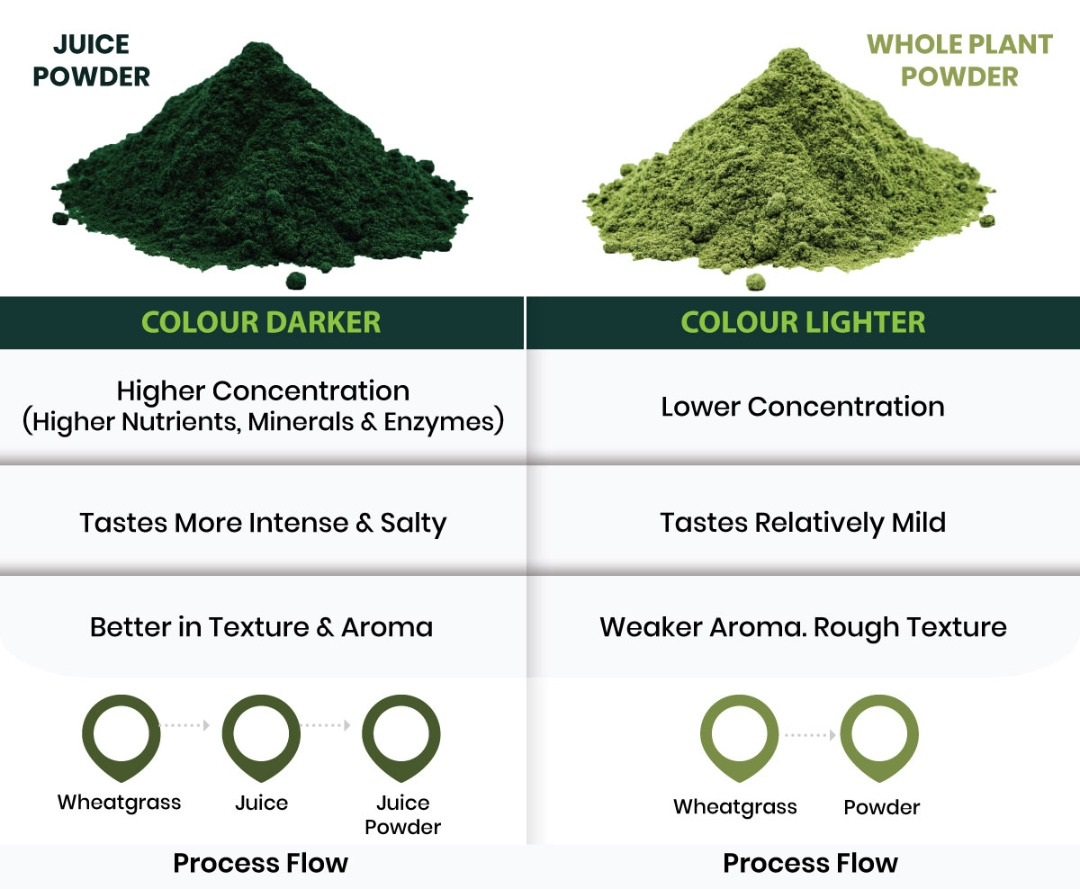
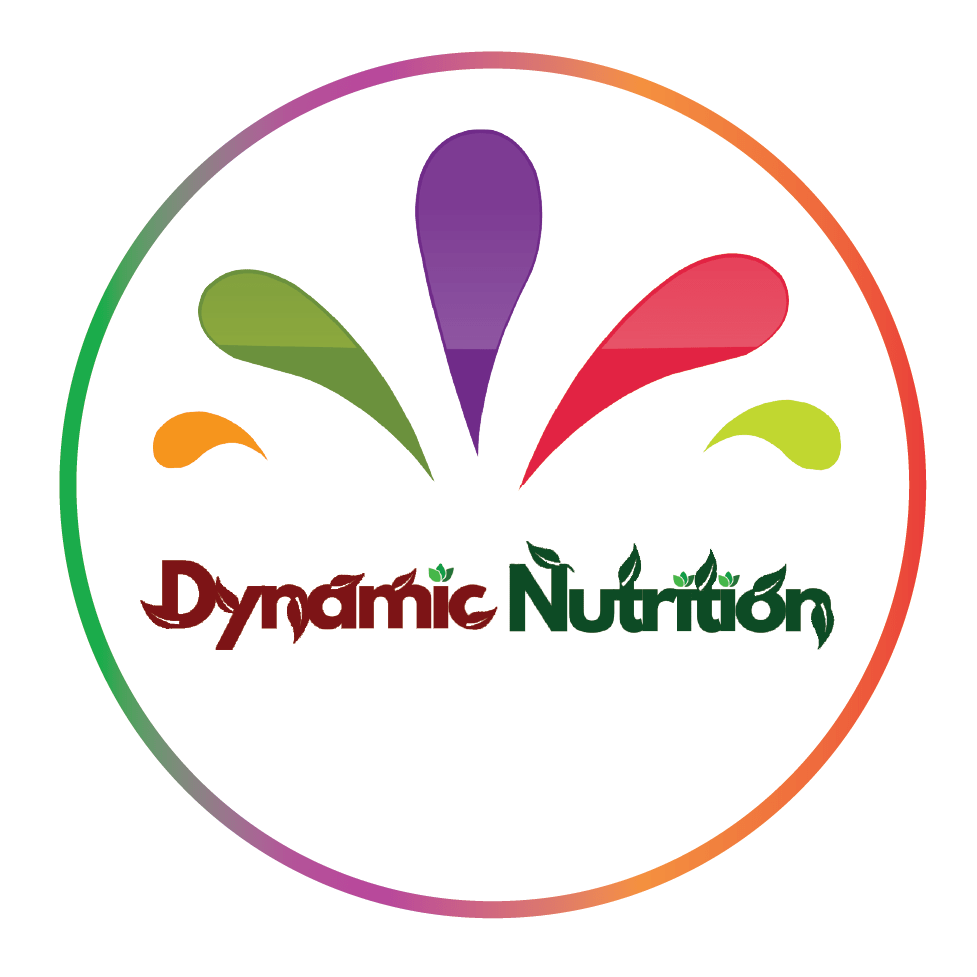
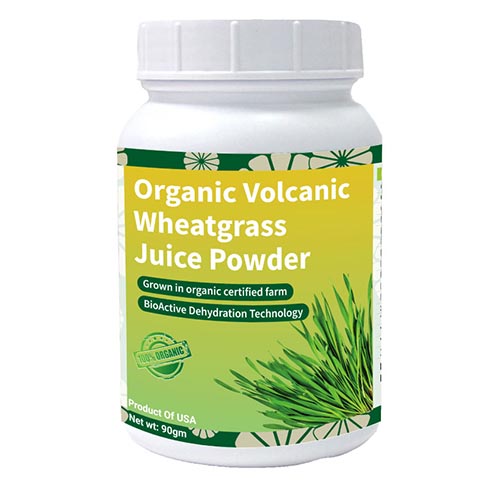

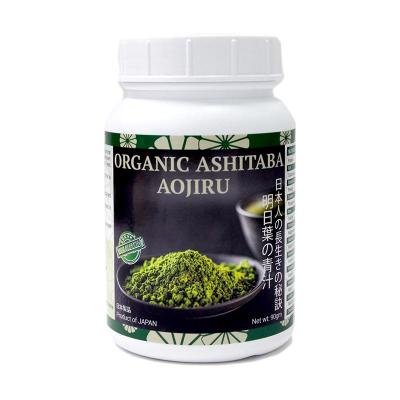
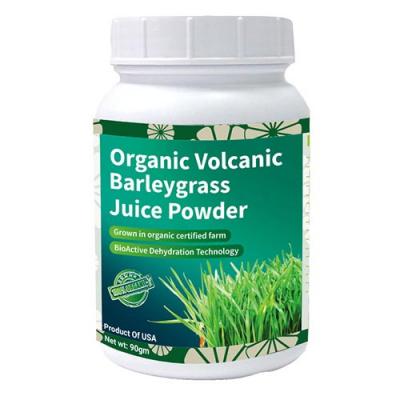
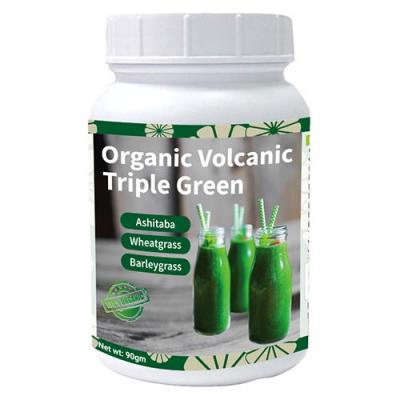
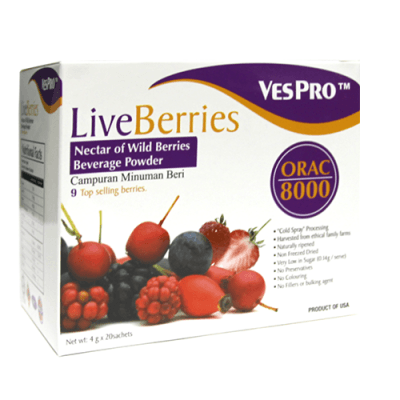
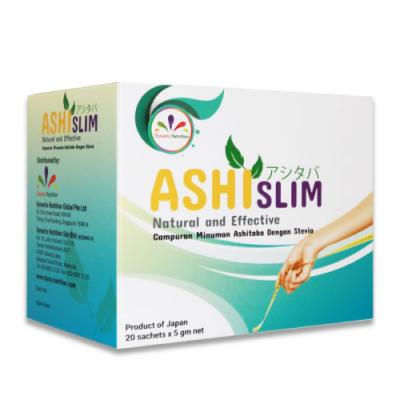
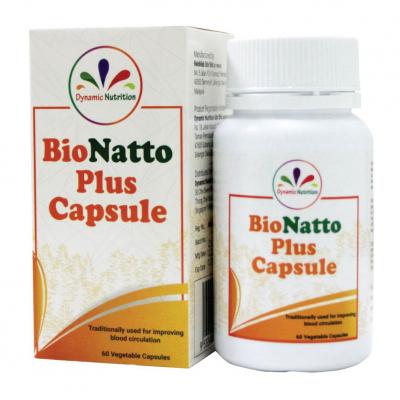

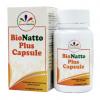

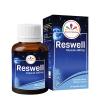
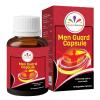

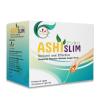
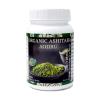

Reviews
There are no reviews yet.